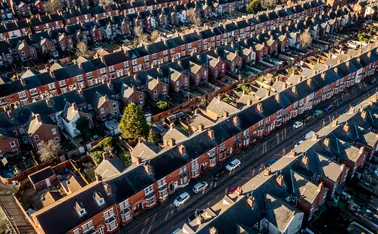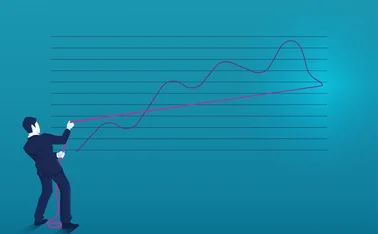

Covid-19 policy-making and the need for high-speed data
High-frequency data holds the promise of speed and adaptability, but there are drawbacks
The Covid-19 pandemic of 2020 triggered what may have been the fastest economic downturn in history. Overnight, government-imposed lockdowns caused whole sectors of the economy to shut down. Trade halted and supply chains were disrupted. Some trends that were already under way, such as the move to online shopping, accelerated sharply. So, the economy that emerges after Covid-19 passes may be irrevocably changed. Some jobs that have been lost may never come back, though others are being created.
Only users who have a paid subscription or are part of a corporate subscription are able to print or copy content.
To access these options, along with all other subscription benefits, please contact info@centralbanking.com or view our subscription options here: http://subscriptions.centralbanking.com/subscribe
You are currently unable to print this content. Please contact info@centralbanking.com to find out more.
You are currently unable to copy this content. Please contact info@centralbanking.com to find out more.
Copyright Infopro Digital Limited. All rights reserved.
You may share this content using our article tools. Printing this content is for the sole use of the Authorised User (named subscriber), as outlined in our terms and conditions - https://www.infopro-insight.com/terms-conditions/insight-subscriptions/
If you would like to purchase additional rights please email info@centralbanking.com
Copyright Infopro Digital Limited. All rights reserved.
You may share this content using our article tools. Copying this content is for the sole use of the Authorised User (named subscriber), as outlined in our terms and conditions - https://www.infopro-insight.com/terms-conditions/insight-subscriptions/
If you would like to purchase additional rights please email info@centralbanking.com
Most read
- Fixing forecasting at the Bank of England
- Bernanke calls for total redesign of BoE forecasting
- Bank of England: time for fourth-generation forecasting tools?








